Stewart Ranch Services
Bowie, Texas
McKinney Road Building in McKinney TX
DESIGN YOUR DREAM
PROPERTY
LAND
ACREAGE
DEVELOPMENT SITE
POND
McKinney Road Building: The Process and Equipment Necessary for Construction in Texas
Road construction has experienced a dramatic transformation throughout the ages, from mud and brick to advanced machinery. Here we will take a look at how roads have connected communities through time, as well as explore McKinney road building techniques now used, its necessary equipment components for successful projects in places like McKinney Texas, using material including but not limited to stone or mud bricks, plus sustainability aspects for these projects.
Key Takeaways
Table of Contents
The Evolution of McKinney Road Building
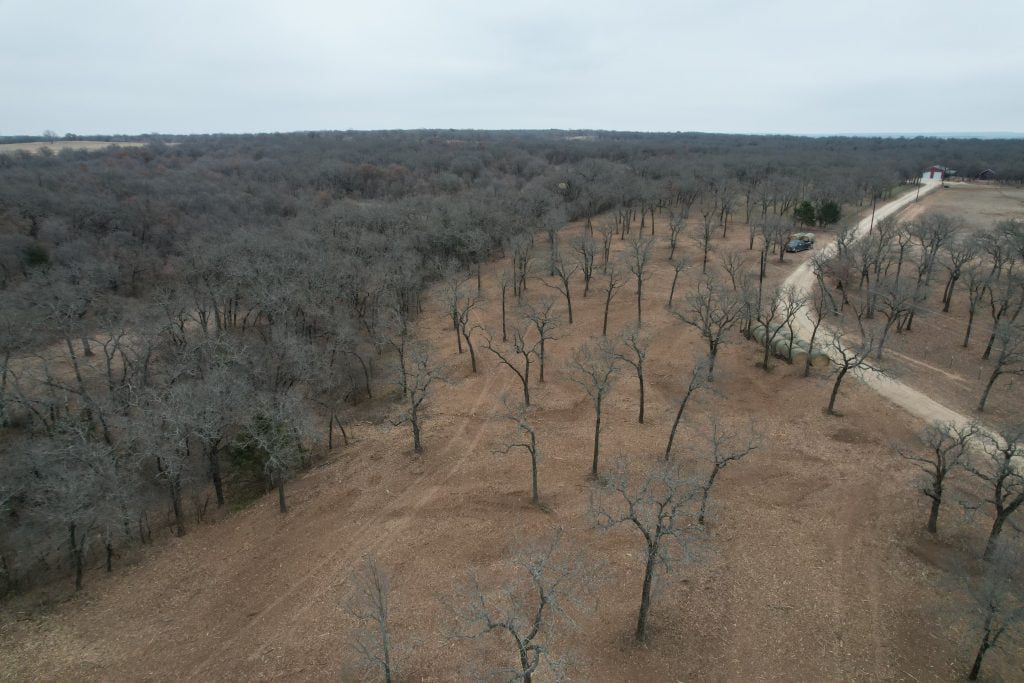
The evolution of road construction emerges as a pivotal aspect of human history, influencing the trajectory of societal progress. From basic building materials to the sophisticated technology prevalent today, there have been significant advancements in the methodologies of road construction.
Urban streets and rural pathways have become indispensable for commerce, necessitating the implementation of innovative strategies and resources to cope with the escalating demand for convenience. This exploration navigates through the historical epochs, from ancient marketplace avenues to the contemporary landscape of road building in McKinney, TX.
Ancient Roads
The significance of roads in connecting different regions has been paramount since ancient times, leading to continuous evolution.
In Mesopotamia, early roads showcased ingenuity by using mud bricks with bitumen, incorporating raised centers for improved drainage and a smoother journey. The landscape of road construction underwent substantial changes during World War II, prioritizing efficient interconnection between urban areas, ranches, and farms through swift transport systems.
This era initiated a transformative phase for rural roads across the nation, emphasizing not only construction but also the maintenance of highways and related features like farm roads and ranch paths. The consideration of proper drainage system designs played a pivotal role in this evolutionary process.
Modern Road Construction
The evolution of road building in McKinney, Texas stands out as a significant improvement, thanks to the integration of advanced components and machinery. Modern construction techniques involve a diverse range of materials, including soil stabilizers, asphalt, concrete, and dry lean concrete. This evolution not only reduces the costs associated with road maintenance but also enhances the overall durability of the roads.
Asphalt, a primary component, is composed of 95% aggregate and 5% binder. Similarly, concrete, commonly used by the Texas Department of Transportation for highways and major asphalt roads, is a combination of water, sand, cement, and aggregates. The selection between these materials depends on various factors, including the intended purpose of the roadway, traffic volume, and geographical conditions.
Recent developments have ushered in a new era of rapid progress in road construction, with the use of advanced machinery such as excavators, compact track loaders, and dump trucks. These technological advancements enable a higher level of precision and efficiency in the construction process.
In addition to excavators and dump trucks, wheel loaders, in conjunction with dump trucks, are frequently utilized. Furthermore, advanced paving equipment plays a pivotal role in the construction of farm/ranch roads and urban pathways. It is worth noting that while Texas has specific requirements, placing a significant emphasis on cost considerations, regional elements are also taken into account.
McKinney Road Building - Essential Steps
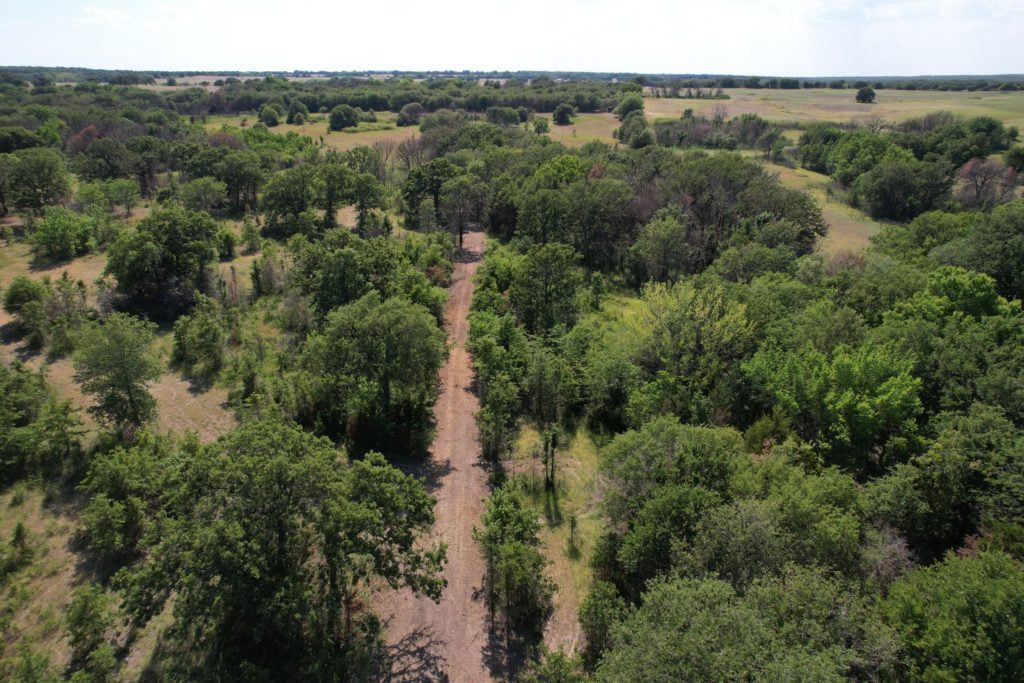
The intricacies of road construction necessitate a careful and systematic approach, considering various essential phases to achieve success. From initial design to execution, covering land clearing, earthworks, paving, and quality control, each step is pivotal for the security and stability of the constructed roads.
Going into more detail, meticulous planning precedes any project, incorporating comprehensive land-clearing activities such as trench digging, tree removal, and soil grading. Planning also involves a detailed cost analysis, scheduling considerations, and logistics management, ensuring the availability of necessary equipment, skilled labor, and reliable subcontractors. Additional measures involve the application of durable asphalt coverings, ensuring longevity with vigilant oversight from stringent quality assurance measures.
In McKinney, Texas, and its neighboring areas, Stewart Ranch Services provides a complimentary quote, marking the initial step toward the successful completion of your construction project.
Planning and Design
Road building in McKinney, Texas begins with the planning phase, an essential step for achieving success. Here, key points like existing and predicted traffic patterns, costs-analysis data, design drawings as well and finance requirements are taken into account particularly when designing roads which demand civil engineers’ and city planners’ involvement to begin a thorough process of devising before transferring the task over to any company in charge of carrying out completion works.
When working on road engineering projects particular factors must be considered such as setting speed limits based on the vehicle type that will travel through it.
Then there’s angle grading plus view obstruction checkups along with required braking distances needed, all elements designed to guarantee safety standards suited towards local community needs while also providing drivers pleasantness whilst the driving experience is being achieved at its finest extent.
Land Clearing and Site Preparation
In the realm of road building in McKinney, Texas, meticulous land clearing and site preparation are imperative processes. This critical phase involves the removal of vegetation, trees, and various materials from the land before construction can commence. Grading and excavation play vital roles in creating a level ground surface, crucial for proper drainage and to prevent issues like potholes in completed roads on farms or ranches.
The significance of land clearing extends to various construction projects, including buildings and roads. Tasks include adding or removing rock, dirt, trees, soil, trenching, ground excavation, embankment construction, and filling placement.
Advanced equipment, such as farm machinery, mini-excavators, and compact track loaders, accelerates the land-clearing process and ensures precision in height measurements during grading stages. This precision is essential for shaping road locations efficiently.
Additionally, installing culverts is imperative to address potential flooding and safeguard against disruptions to productivity. These measures contribute to establishing high-quality access routes, seamlessly connecting markets to local farmers’ lands.
The integration of advanced tools forms the foundation of an effective system for laying the groundwork in rural areas, enabling safe car travel without encountering disruptions caused by rainwater pools or inadequate underlying structures.
The application of paint on pavement and road markings
Maintaining the safety and efficiency of a highway relies heavily on the accurate application of pavement markings that delineate directions and lanes.
Tips for pavement and road marking:
Road marking regulations:
Adhering to the specific road marking regulations of each country is crucial for those involved in extensive road marking projects. The capability to paint a variety of lines and symbols in line with these standards is imperative. Utilizing a multi-gun, multi-color setup, especially a striper with automatic gun control, streamlines the process of creating precise broken lines.
Curb Marking:
Tackling curb marking challenges is a common hurdle in pavement marking endeavors. The 90° angle of curbs demands a specialized gun configuration for effective spraying, overcoming this frequent obstacle in such projects.
Reflective road marking:
Reflective road marking adds another layer of complexity, necessitating a special material with glass microspheres. The application of these microspheres requires specific equipment, such as the Graco Linelazer HP reflective series, featuring a pressurized bead reservoir. This advanced system boasts an adjustable nozzle for precise control over the width of the microsphere dispersion, ensuring heightened accuracy.
McKinney Road Building - Farm to Market and Ranch Roads
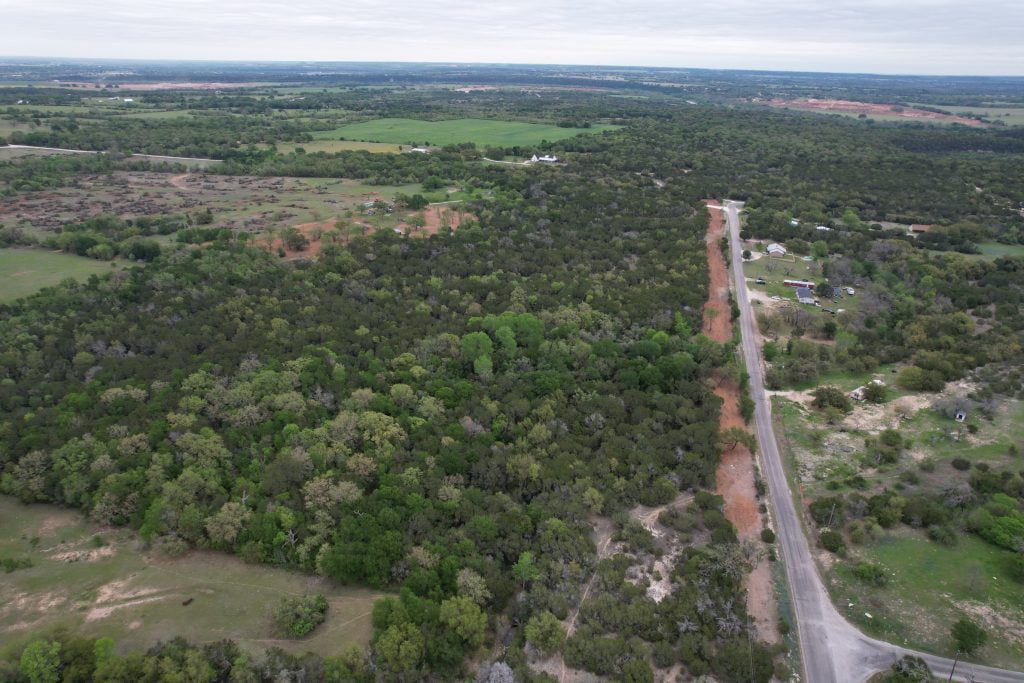
Farm roads play a unique role in connecting rural areas to urban centers and facilitating the transportation of people and goods. However, constructing these roads is a complex task that requires attention to both safety and durability.
The process begins with a thorough assessment of the terrain to design an optimal route, followed by obtaining the necessary permits from authorities. Land clearing and soil preparation precede actual construction, laying the foundation for a robust road network.
Grading and paving are pivotal stages, with the choice between asphalt and concrete determined by specific project needs. Integrating drainage systems, constructing switchbacks, and erecting walls in hilly terrains are essential elements of the road-building process. Each step contributes significantly to the creation of secure and functional routes that meet local agricultural requirements, including those of ranches.
Regular maintenance inspections are crucial for ongoing functionality, focusing on preserving the road’s optimal condition. Installing signage and features like gutter curbs plays a vital role in water control, particularly during periods of heavy traffic, preventing potential flooding.
McKinney Road Building - Sustainable Practices
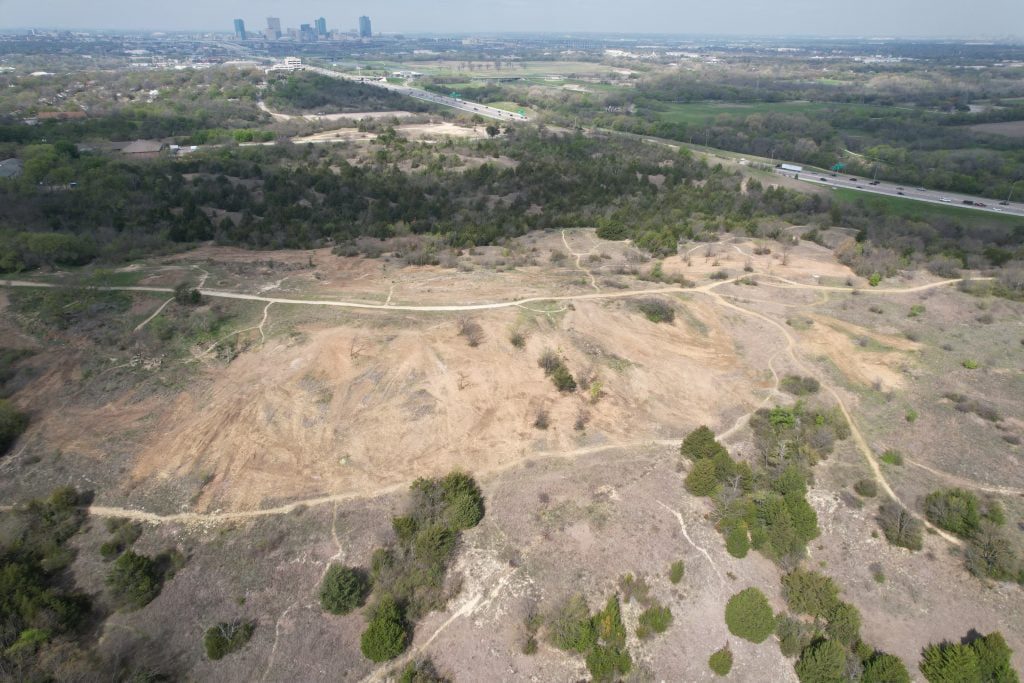
Road building in McKinney, Texas comes with environmental considerations, necessitating a commitment to sustainable practices to alleviate potential impacts. It is imperative to select materials with a reduced environmental footprint that can decompose in an eco-friendly manner during production.
Embracing recycled asphalt and concrete over new materials, along with the design of durable products for prolonged lifespan, proves advantageous. Not only does this decrease material consumption, but it also results in significant reductions in maintenance costs. The integration of these practices into ongoing road construction processes lays the foundation for the creation of more environmentally responsible alternatives in the future.
Case Study: Successful Road Construction Project in Texas
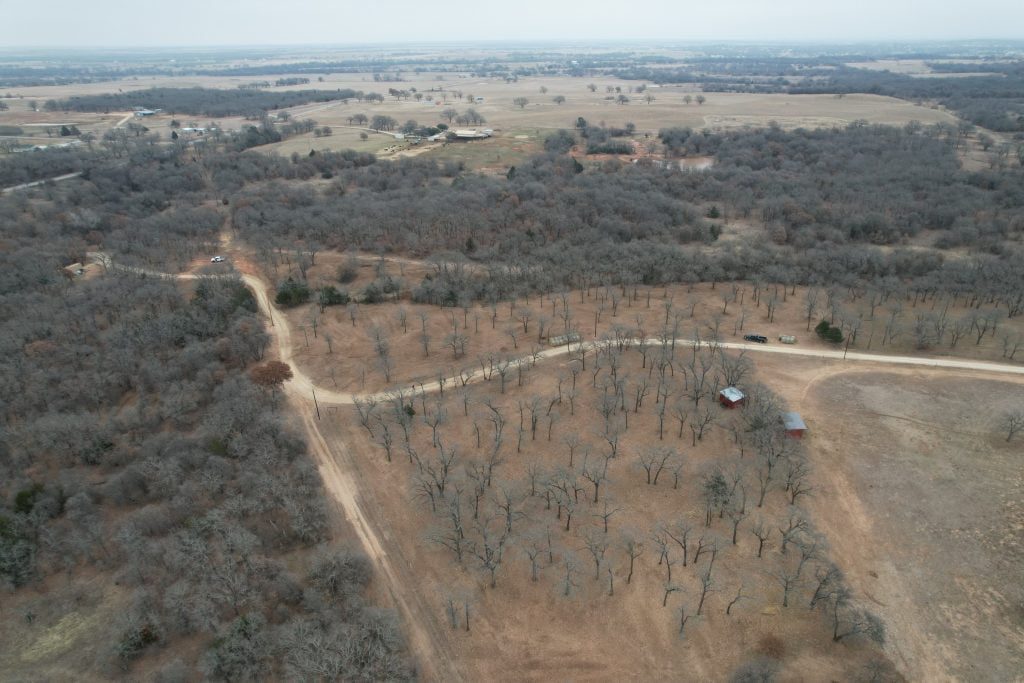
El Paso’s I-10 reconstruction and widening venture stands as a prime example of adeptly managing the intricacies of road construction, reminiscent of similar endeavors in McKinney and San Antonio.
Successful navigation through the project necessitated thorough preparation in terms of budgeting and adhering to strict timelines. Key to the triumph was the engagement of experienced personnel dedicated to continual training and unwavering adherence to safety protocols. Equally crucial was the integration of cutting-edge machinery, ensuring precision and expediting the overall project timeline.
This highway restructuring’s success underscores the significance of employing advanced techniques in roadwork, showcasing favorable outcomes resulting from intentional planning, skilled labor, and the application of state-of-the-art equipment within the Texas context of highway construction.
Summary
The journey of road construction, from the use of mud bricks and stone in ancient civilizations to the utilization of advanced materials and machinery today, is a fascinating testament to human innovation. Achieving success in any project requires meticulous planning and comprehensive site preparation.
In McKinney, road building has become notably important in our interconnected world. The focus is on constructing roads that are not only safe but also resilient enough to last for generations, involving the implementation of suitable practices, including the careful sourcing of materials such as mud or any other necessary supplies.
Frequently Asked Questions
What is the meaning of road building?
The construction of roads often involves the use of materials such as asphalt and concrete, sourced from mining locations that transport gravel to various plants for processing. These elements are indispensable in McKinney road-building endeavors.
How do you build a road?
McKinney road-building demands careful planning and execution.
- Subgrade: The process begins with land clearing, grading, and subgrade work, ensuring a solid foundation for the road. Subgrade work involves removing existing grass and topsoil, setting the stage for a durable road.
- Material types: Utilizing materials like road base, crushed concrete, screened gravel, and asphalt millings enhances the road’s longevity.
Stewart Ranch Services offers a comprehensive solution for McKinney Road Building projects, managing every aspect from land preparation to the final surface course with expertise and precision.
